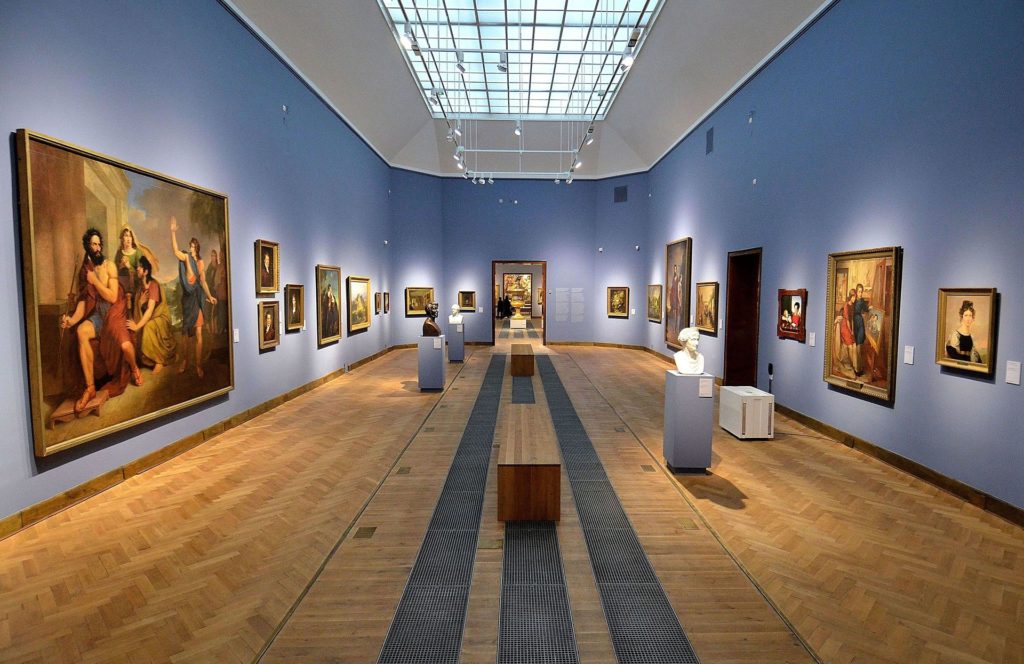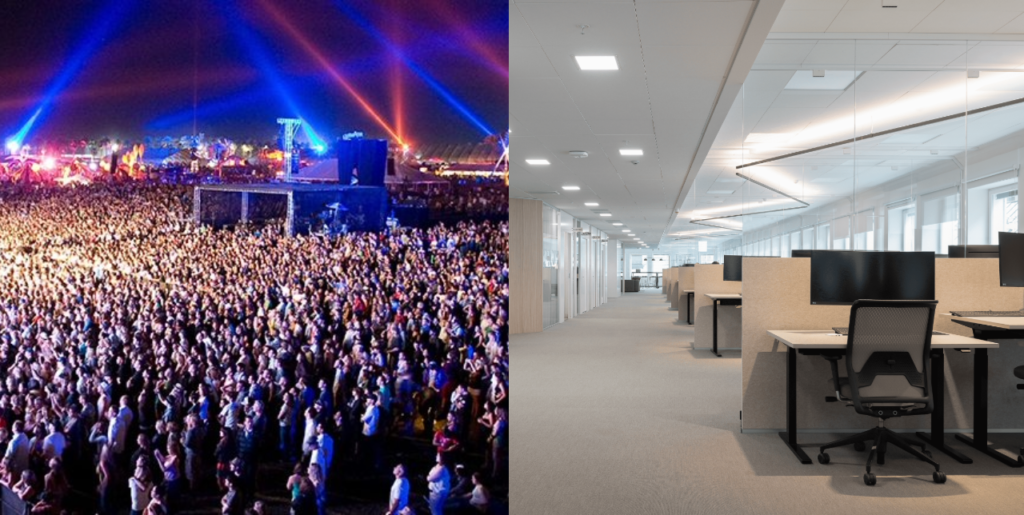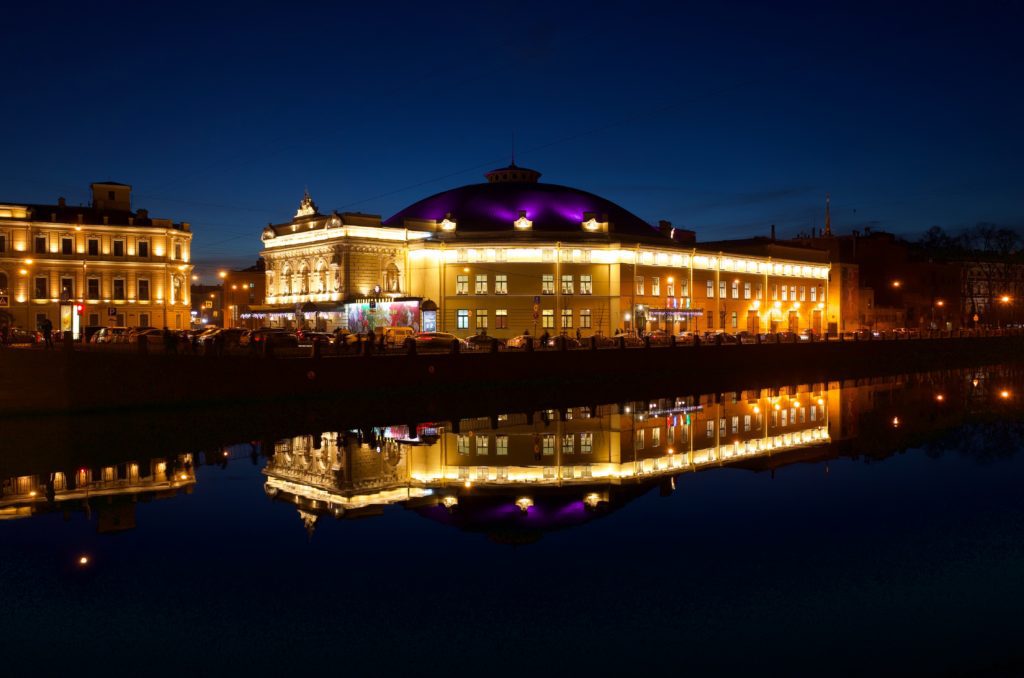TEDx Göteborg
Have you ever been to a big concert, tempted to post a picture online or perhaps call a friend, only to end up experiencing the lack of connectivity on your cell phone? Communication between wireless electronics is dependent on frequencies – a finite natural resource – and thus something we cannot take for granted. Our co-founder Niclas Norlén is a restless and energetic person who describes himself as a frequency nerd dedicated to making things work. In an era where an increasingly large amount of home electronics and physical devices are becoming wireless, a.k.a. ”The Internet of things” within the tech world, Niclas is eager to improve our society by using frequencies in a more efficient manner. In addition, there are both economical and environmental incentives in this: creating a world where resources can be utilized more effectively by enabling better communication between devices – and thereby reducing energy consumption.
Upon completing his engineering degree, Niclas began working at Ericsson and in 2002 he started his first company. Frequencies and communication are what he knows best and have been a recurring theme in his work. In 2008, he started LumenRadio and developed a method for enabling different electronic devices to coexist smoothly, using frequencies in a more effective and dynamic way. Ultimately, this can facilitate the transformation into so-called ”smart devices” where different wireless units can communicate with each other. His company has received global attention and collaborated with both Hollywood productions and the music and arts festival Coachella.
At TEDxGöteborg, Niclas wants us to get to know his best friends – frequencies – and how we can use them in the best way possible. Because the electromagnetic spectrum of frequencies we use for wireless communication is limited and can in fact run out, our ability to simultaneously connect units is also limited. In his talk, Niclas will give attention to the possibilities frequencies offer for the future, especially when utilizing his buddies in a better way. A larger number of units could then communicate and be more easily connected at the same time, whether it be wireless lighting, lampposts, refrigerators, ventilation systems – or perhaps a couple of thousand cell phones at a big concert.
Read more here.




